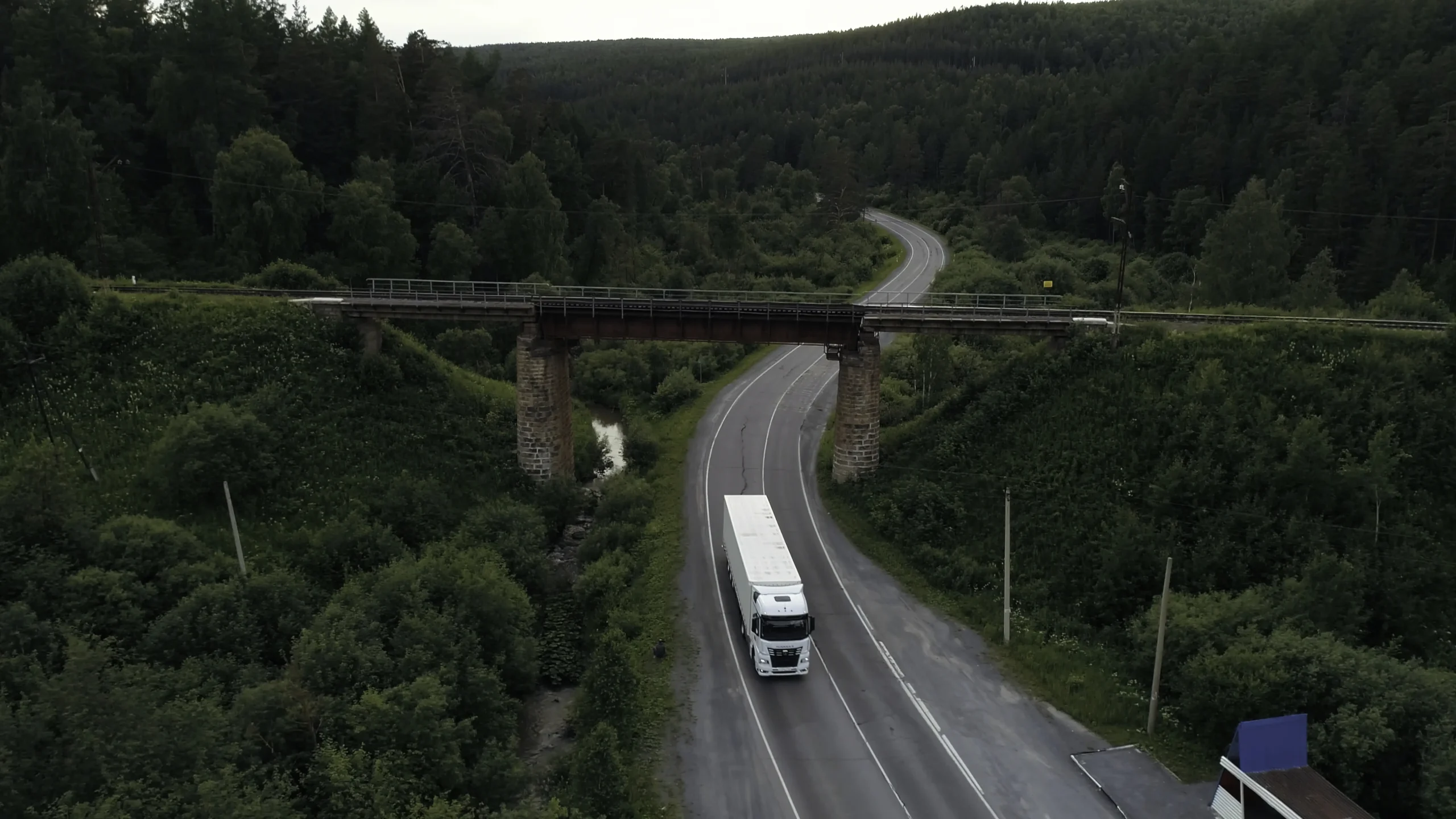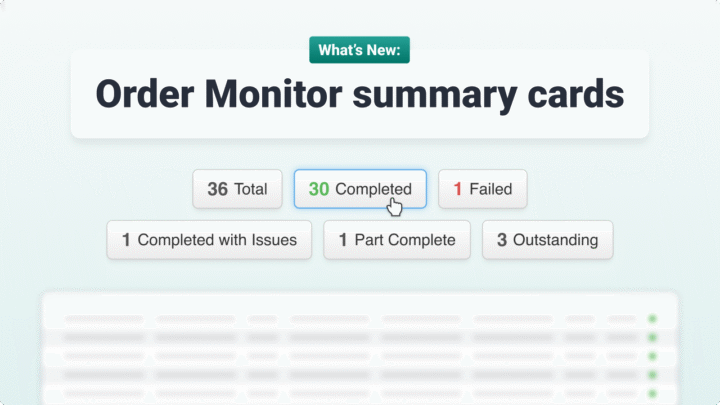Bridge strikes, incidents in which a vehicle, its load, or equipment collides with a bridge, are a shockingly common and expensive issue across the UK and Ireland.
A Freedom of Information request to Network Rail revealed the surprising extent of the problem, with 1,572 reported strikes on the railway network between April 2022 and March 2023. The majority of these incidents involved heavy goods vehicles (HGVs) and buses.
The financial impact is also staggering, with the average cost per strike estimated at around £13,000. The total cost, which is passed on to the taxpayer, is an estimated £23 million a year.
Beyond the monetary toll, these incidents cause massive disruption, leading to extensive delays for road and rail users, as well as pedestrians accessing walkways under the bridge.
In worst-case scenarios, they can even result in serious injuries or fatalities, making bridge strike prevention a key area of discussion and caution so that the correct preventative measures are taken.
The root of the problem: driver negligence
Data from Network Rail points to a clear trend: a lack of due diligence by drivers continues to be a major contributing factor. The study found that:
- 32% of drivers admitted that they did not know their vehicle’s height before starting a journey.
- 56% failed to consider low bridges when planning their route.
These statistics highlight a systemic problem.
Essential safety checks, prominently walkaround checks, are being overlooked before drivers embark on a journey.
The responsibility for knowing a vehicle’s dimensions and the suitability of a route rests squarely with the driver, and, to a lesser extent, their wider transportation team (typically due to a possible lack of training or supportive tools and technology).
Five essential steps for drivers to prevent bridge strikes
Drivers, whatever their vehicle type, but particularly in the context of larger vehicles with bigger vehicle dimensions and weights, can prevent these dangerous incidents by adhering to best practices and taking the necessary precautions before and during their journey.
- Know your vehicle
Accurately measure your vehicle’s height and width, including the cab, trailer, and any load. Remember, a vehicle’s height can change when a trailer is loaded or unloaded.
- Plan your route using the right tech
Use a dedicated HGV-specific route planner. This is a crucial step that ensures your chosen route is suitable for your vehicle’s size.
Gary Duckworth, Transport Manager at one of Turn’s subscribers, Land Energy commented:
“We were heavily reliant on the driver having the right Sat-Nav for HGVs. Google Maps is not a suitable option either, as it currently lacks turn-by-turn navigation for HGVs and other commercial vehicles.”
- Display your height
It is a legal requirement for vehicles over 3 metres (approximately 9.8 feet) to clearly display their maximum height inside the cab.
- Pay attention to signage
Do not rely solely on GPS. Obey all height restrictions and bridge warning signs.
- Stay alert
Be aware of your surroundings, especially when navigating unfamiliar roads or congested areas.
The role of technology in preventing bridge strikes
While driver vigilance is non-negotiable, technology offers a powerful solution to mitigate the risk of bridge strikes.
Standard navigation apps like Google Maps and Apple Maps are specifically designed for passenger cars and do not account for a commercial vehicle’s dimensions, often leading drivers down unsuitable routes and instances where vehicles pass under bridges that are too low for HGVs and trucks to pass through safely.
This is where a specialised commercial vehicle GPS system, such as Turn GPS, becomes invaluable.
These systems are designed to provide safe and compliant navigation for HGVs, trucks, and vans. By integrating with a Transport Management System, the app automatically retrieves a vehicle’s dimensions and weight to calculate a safe route.

Using Turn GPS to avoid bridge strikes
Driving an HGV comes with unique challenges, especially when navigating unfamiliar roads and routes.
The Turn GPS HGV sat nav app is specifically designed to eliminate the risk of low bridges and other unsuitable routes, ensuring a safer journey for both drivers and vehicles, and therefore pedestrians.

Key Features of Turn GPS
- Height-aware routing: Before a journey, you input your vehicle’s height. The app then calculates a route that completely avoids low bridges and other height-restricted areas, providing peace of mind from the moment you set off.
- Real-time collision avoidance: If you accidentally deviate from the planned route onto a road that is unsuitable for your HGV, the app provides immediate visual and audible warnings, allowing you to correct your course before a potential collision occurs.
The benefits of Turn GPS for operations
By using an application which provides HGV-specific routing, businesses benefit from reduced costs by preventing expensive vehicle damage and potential insurance claims. It also offers enhanced safety for both your drivers and the public by eliminating one of the most common and dangerous navigation risks for HGVs.

Additionally, you’ll see improved efficiency, as it helps avoid time-consuming detours and the stress of navigating unsuitable roads, which leads to more predictable and efficient deliveries.
“Turn GPS is a game-changer for the industry. If you put a location into Google Maps, it will bring up three different ways in which you can go. Turn will do that as well, but we can now build the precise route within the software. We know then, that is the precise route the driver will take as well. And that is critical”. – Yvette Harris, Driver Support Manager at Explore.
With the Turn GPS app, you’re not just getting directions; you’re getting a dedicated safety partner that delivers a safer journey every time.
The role of digital walkaround checks in preventing bridge strikes
A thorough walkaround check is a legal requirement for HGV drivers and is your first line of defence against a wide range of roadworthiness issues.
As previously mentioned, the height of your vehicle can change with every journey, depending on the load, trailer, and even tyre pressure.
Guessing or relying on a previous measurement is a major risk.
A digital walkaround check app can be crucial for capturing and recording such details.
These apps streamline the process and create a detailed, tamper-proof record of your inspection.
The Stream Walkaround Check feature guides you to measure and log the precise height of your vehicle and its load, which can include photographic evidence to cross-reference that the correct measurement has been given.
This digital record creates an audit trail for transport managers, demonstrating compliance and due diligence, which can be crucial in the event of an incident.
Some systems even integrate this walkaround check data with HGV-specific navigation, creating a secondary safety measure by proactively planning a route that avoids low bridges.
By making the vehicle height check a non-negotiable part of your daily walkaround and by using the right technology, you can significantly reduce the risk of a bridge strike.
A few minutes of due diligence can save you from a major incident, protecting yourself, other road users, and your company’s reputation and finances.
Conclusion
The UK’s bridge strike problem is shockingly common, costing the taxpayer an estimated £23 million a year and causing widespread disruption.
One of the core contributing factors reiterated throughout is driver negligence, with many failing to know their vehicle’s height or plan a suitable route.
Prevention requires a two-pronged approach.
First, drivers must rigorously follow best practices: know their vehicle’s height, plan HGV-specific routes, and obey signage.
Second, this must be backed by specialised technology. HGV-specific GPS systems (like Turn GPS) eliminate human error by automatically routing around low bridges, and digital walkaround check apps ensure accurate height logging and create a crucial audit trail.
Preventing bridge strikes is a shared responsibility – by combining driver vigilance with smart, commercial-grade technology, road users can safeguard infrastructure, reduce costs, and ensure safer journeys for everyone.
Book your free Turn demo!
Bridge strikes cost your business time, reputation, and thousands in damage. Don’t rely on luck or generic maps. See how Turn GPS uses height-aware routing to proactively eliminate risk and guarantee compliance.



